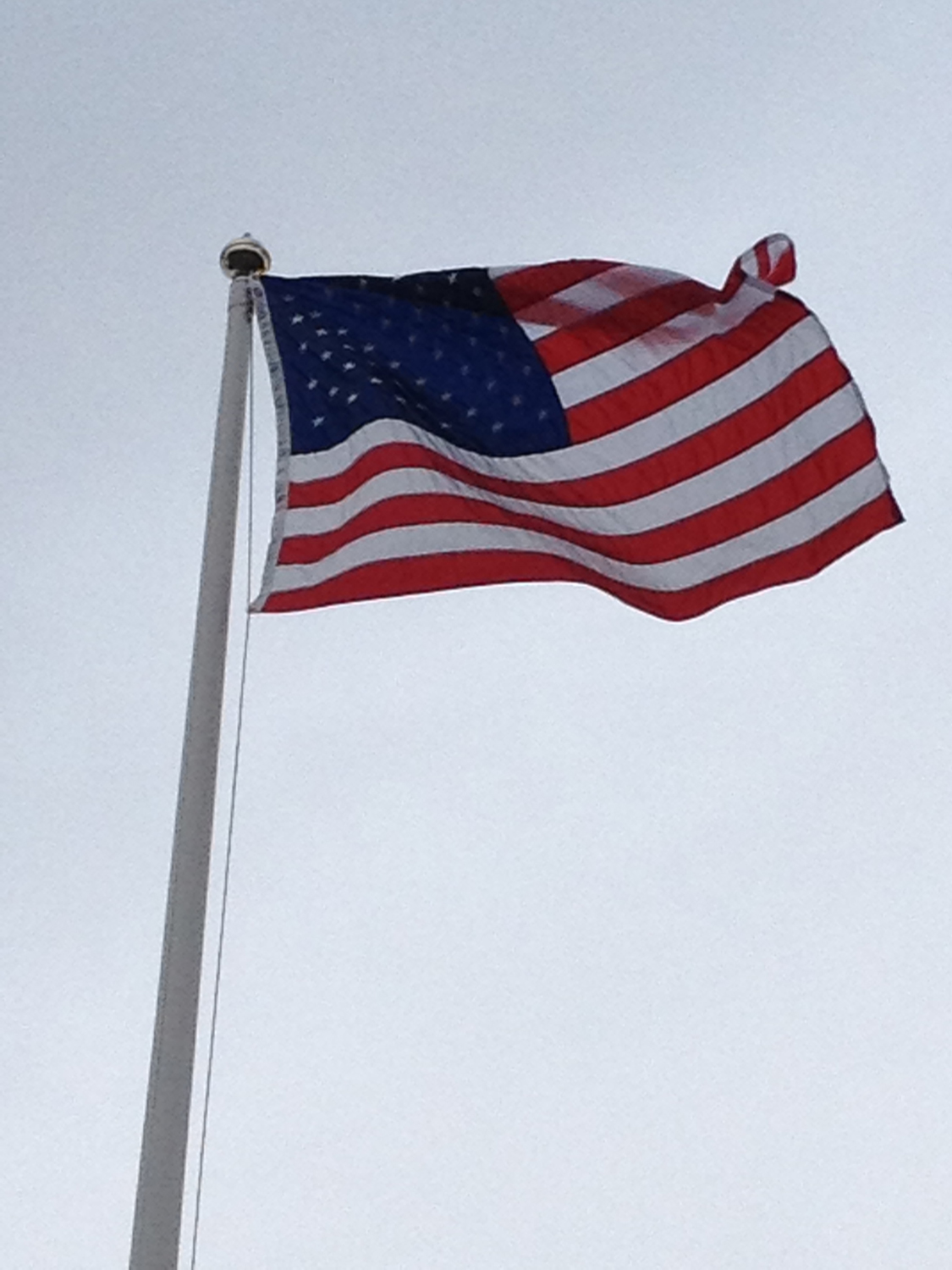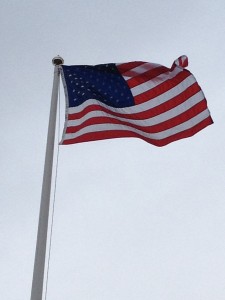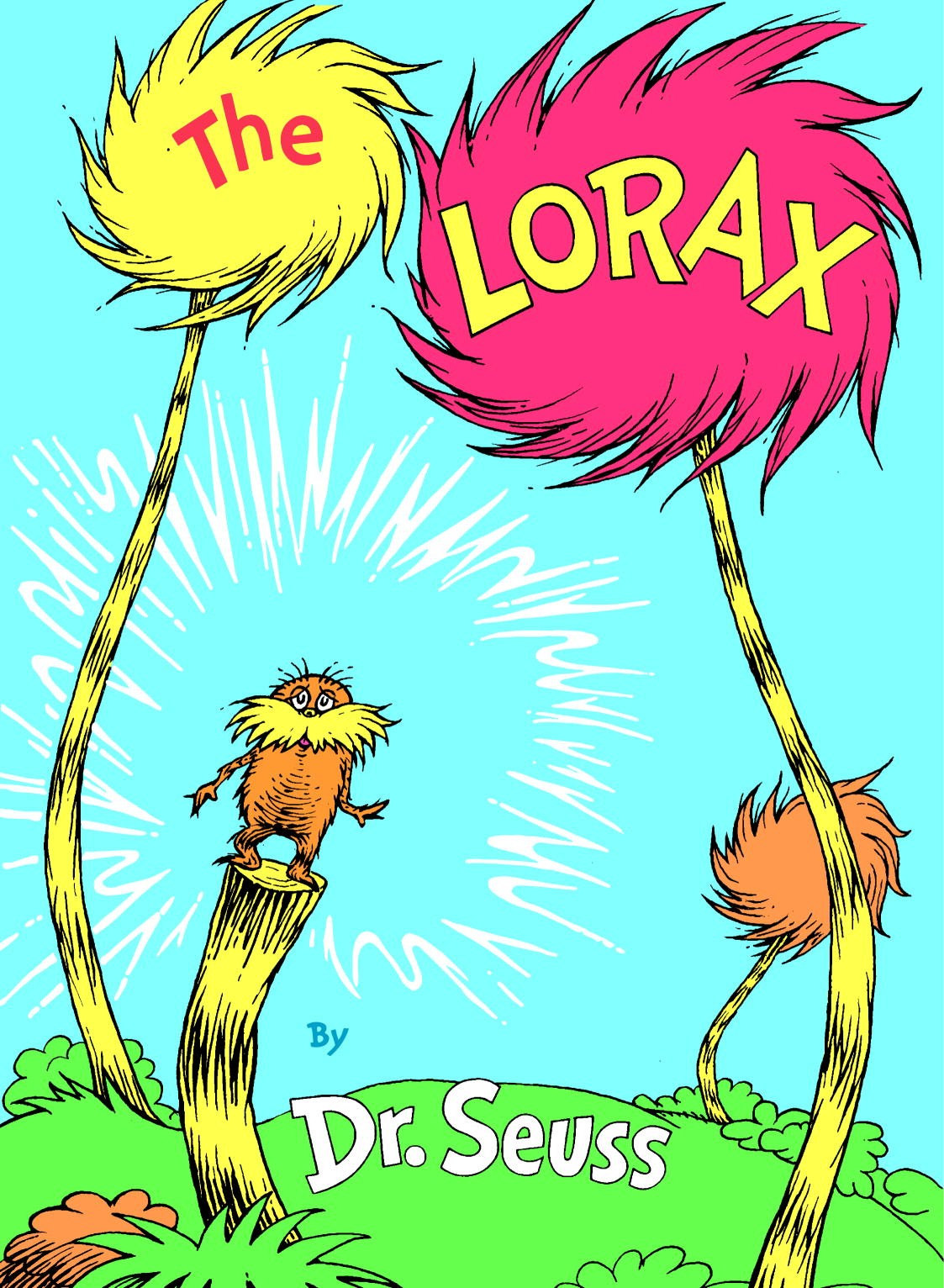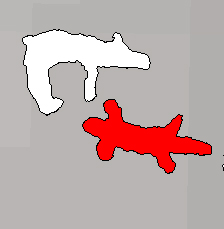
Another revolution

On July 4th each year, the United States of America celebrates. Although many think only of the fireworks and picnics, the real act being celebrated is the signing of the Declaration of Independence in 1776, which announced that the colonies would no longer consider themselves part of the Kingdom of Great Britain. Before all the “created equal” language everyone always talks about, the Declaration actually begins by stating why it is necessary to have a Declaration:
When in the Course of human events, it becomes necessary for one people to dissolve the political bands which have connected them with another, and to assume among the powers of the earth, the separate and equal station to which the Laws of Nature and of Nature’s God entitle them, a decent respect to the opinions of mankind requires that they should declare the causes which impel them to the separation.
In other words, the Founders believed it was necessary to explain why they they were undertaking a revolution. They were breaking the political ties that had bound them and embarking on a new course, which they felt they had a right to do under law and God.
In 1922, Sven Arbman declared another revolution was taking place in Sweden:
Here we celebrate the solemn moment at 3.30 am when the beaver was incorporated into the Swedish fauna, then we experienced through our own hands the revolution in which we were participating, the efforts which seem to turn everything upside down: the “order of nature”, the “march of progress” and all that it entails, that mankind goes forth and multiplies and takes possession of the earth and self-evidently eradicates all other creatures if they are not good enough as man’s slaves.
Arbman believed that this revolution was changing power relationships just as the American Declaration of Independence had, but here it was a change in the relationship between mankind and nature itself rather than between two political entities. This revolution was likewise turning everything upside down. Arbman, who had been instrumental in sourcing the beavers from Norway to be reintroduced and surveying the potential release sites, alludes to the Bible’s Genesis 1:28 verse, which reads in the King James Version:
And God blessed them [male and female], and God said unto them, Be fruitful, and multiply, and replenish the earth, and subdue it: and have dominion over the fish of the sea, and over the fowl of the air, and over every living thing that moveth upon the earth.
To Arbman, Genesis 1:28 encapsulated the “order of nature” and the “march of progress”, yet these were being overturned in the beaver reintroduction. He implies that humans had previously considered animals as their servants, even slaves, but humans were no longer entitled to exterminate animals they found non-useable. He framed the beaver reintroduction as a new kind of progress. This progress made mankind not completely dominant over nature. In the reintroduction, the restorationists were serving nature, using their hands to release beavers to their former homes, rather than asking nature to be subservient.
Eric Festin, who headed up the Swedish beaver reintroduction effort, also understood that these conservation actions were rearranging relationships. He encouraged further reintroductions to “make up for one of the worst sins that ever happened to our Swedish fauna.” The project was both recompense and restitution, hinting at the same revolutionary reordering of the human-nature relationship discussed by Arbman.
The beaver reintroduction was not the first major conservation undertaking in Sweden, which was the first European nation to declare national parks (9 parks were set aside in 1909), but the reintroduction was the first nature restoration action in Sweden. Based on the quickness with which others followed Festin’s example and reintroduced beavers throughout the country, it was perhaps a Swedish conservation revolution, a revolution which turned the traditional human-nature relationship upside down.
The question still before us is how extensive that revolution was. While the relationship with the beaver was changed, predator species like the wolf and bear continued to be eradicated. Of course, the Declaration of Independence didn’t end the struggle for freedom from oppression for people in the US, as evidenced by the later struggle for slavery abolishment in the Civil War, and extending up to even last week’s Supreme Court ruling against the Defence of Marriage Act. So perhaps we should not be surprised that revolutionary beginnings don’t change everything. People have to keep pushing the revolution, often in incremental stages, to affect change in both politics and nature.



